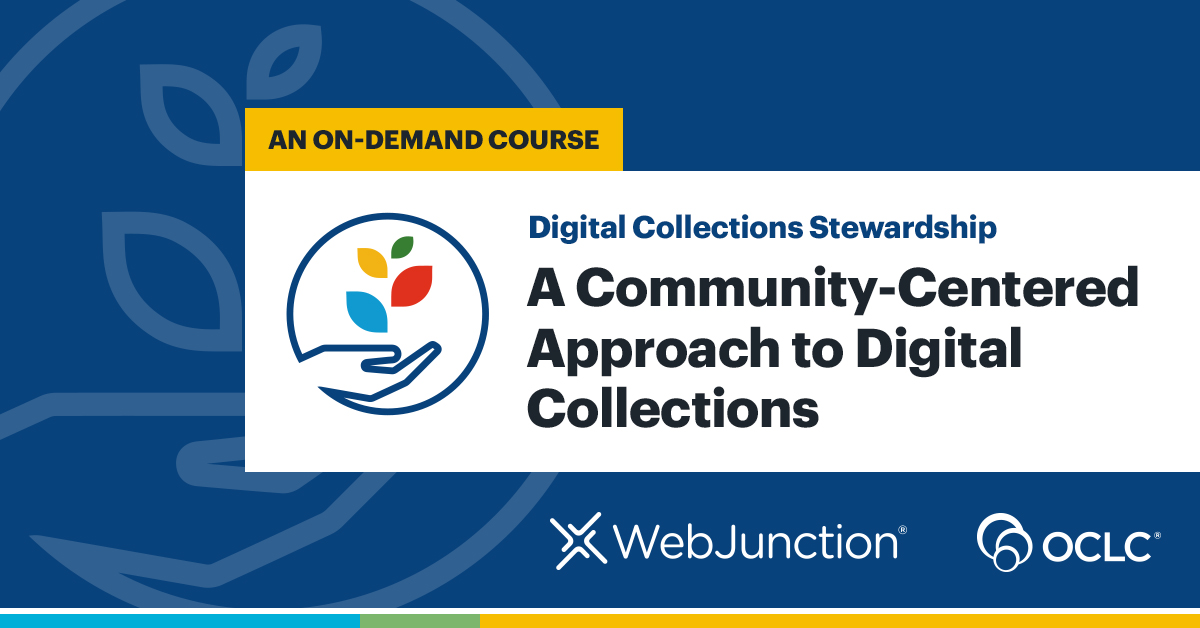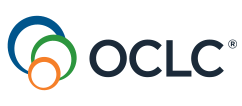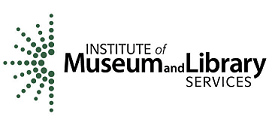A Community-Centered Approach to Digital Collections
New on-demand course for library, archive, and museum staff
Digital collections offer a way to preserve local history and artifacts while showcasing the diverse stories and voices in your community that might be absent from your physical collection. Creating and curating a diverse collection requires intentional work, but before beginning the process, it’s important to pause and take stock of narratives that might have been left out of the popular stories in your community. To best represent the many voices and narratives of your community in your digital collections, you’ll need to build and sustain respectful relationships that focus on mutual support and trust.
This course describes approaches that have proven successful for other libraries, archives, and museums, and illuminates a path forward to build collections that represent the voices of many different communities. Whether you’re brand-new to digital collections or ready to further your learning, this course can support your efforts to collaborate with your community as you build your collections.
The course at a glance
After successfully completing this course, you'll be able to:
- Describe and plan for a community-centered approach to collections.
- Identify missing voices and stories from your collections.
- Build your network so you can identify and connect with communities not represented or served by your collections.
- Engage in respectful collaboration with communities to build community-centered digital collections.
- Build and maintain trust and engagement with communities to sustain collaborations.
Delve deeper into digital collections stewardship
This course complements the seven-course Digital Collections Stewardship series and encourages learners to consider how the collections they create do or do not represent the full range of people, groups, and organizations in their communities. We recommend taking this course between 1: Introduction and 2: Preparing, though we think you will find it helpful at any point. To learn more about the full course series read this article and visit the Course Catalog.
Learn together
This course can be taken independently, or you can consider learning together with a group. For information and instruction on organizing and leading a learning group for this course, see the Digital Collections Stewardship Discussion Guide.
Is it really free?
Yes. Through the support of the Institute of Museum and Library Services (project number RE-254876-OLS-23), these courses are freely available to support staff at cultural heritage institutions everywhere.



